قطاع النشر والإعلام ببنك التقنيات الدولي 2026
Health Departments in The International Technology Bank
Delivering health and vigor to people around the world
توفير الصحة والحيوية للناس حول العالم من القطاعات الصحية السبعة ببنك التقنيات الدولي
نياجرا, نانوماكس, رشستار, اليوم التالي لمجابهة الإشعاع, رشـــوان لغابات الجنسنج البري, قطاع العلاجات النسائية, الإكسير والزبرجد إستخلاص الفوري للأعشاب البرية

مقاولات إنشاء غابات الجنسنج البري
Wild Ginseng Forest Contracts
# Ignite Wilderness into forest Ginseng, saving 3 years of maturity Process, saving millions of dollars in Waiting maintenance, adding millions of dollars to the Wild Ginseng Innovative Project Production
## AI formulated Wild Ginseng Capsules for Nuclear "Day After" International Survival kits, in Sever Demands
### Invent the spot wild Ginseng Growing Boxes for Wealthy retirements "$10M start up" and Wealthy treasure HUNT Amusement games " $10K ~ $50k" prizes
AI Know how at it's Best.
We do accept join ventures of 51% for the Technology Bank.
Here is our wealthy retirement wild ginseng forest with Villa link and attached Google search of the last 3 decades:
https://www.google.com/search?q=wild+ginseng+prof+rushwan&ie=UTF-8
And the Direct ITB contracting Link:
https://www.rushwan.com/wild-ginseng-forest-contractors/




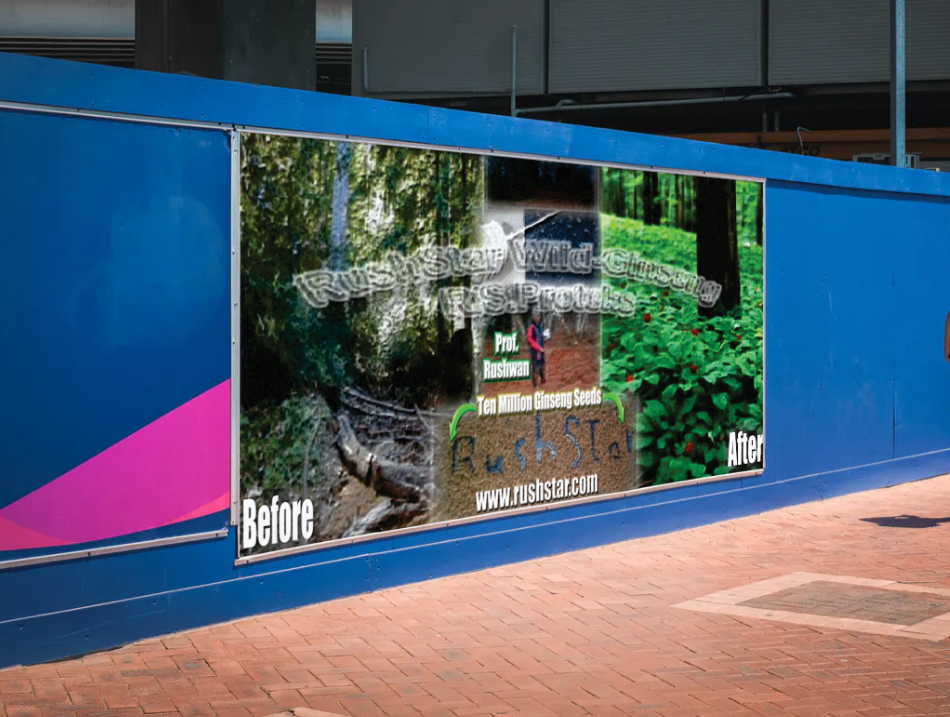
مشاريع التقاعد في عالم مضطرب
Secure Retirement in an unsecure world
wealthy retirement wild ginseng forest with Villa is a USD10M ~ USD 100M paid during the contract signing to start immediately in the country of your choice.
We do require a letter of intention and a pre-consulting fee of USD10K "Not USD 9,990" thus to deter amateurs and Opportunists, and just to keep our dedication for serious business professionals like yourself.
Technology bank has fixed consulting fees of 10% of the project cost over 5 years "2% annually", the rest is for the forest, material, construction, wild ginseng, and other costs against receipts, buildings and actual Wealth of wild ginseng in forest, the project is ready once the wild ginseng bears it's first regenerating fruits. Main investor has the right to receive the project automated and computerized, or asking us to renew the contract, and start selling and sharing profit based on 33% to investor, 33% to Technology bank, 34% to expand the forest every 2 years "the wealth production of expensive wild ginseng of summer Harvest gets sold during the non season period of the next year.
Understanding Sustainable Wealth Creation
Definition and Importance
Sustainable wealth creation refers to generating economic value in a manner that meets the needs of the present without compromising future generations. This means crafting an economy where profits don’t come at the expense of our planet's health. It’s like having your cake and eating it too, but with organic ingredients and an eye on the leftovers for tomorrow!
Historical Context and Evolution
Historically, the focus was often on short-term gains, with businesses treating nature like a bottomless treasure chest. However, as the consequences of pollution, resource depletion, and climate change became impossible to ignore, the narrative shifted. Enter sustainable wealth creation: a fancy term that emerged from the ashes of the industrial age, aiming to weave environmental concerns into the very fabric of economic decision-making.
The Principles of Professor Rushwan's Approach
Holistic Resource Management
Professor Rushwan advocates for treating resources like your favorite house plant—nurturing them, rotating them, and knowing when to let them rest. Holistic resource management means balancing economic, environmental, and social factors to create a thriving ecosystem where everyone profits while nature breathes a little easier.
Community Engagement and Empowerment
A venture that doesn’t involve the community is like a pizza without toppings—plain and unsatisfying. Rushwan believes in empowering communities by involving them in the decision-making process. This fosters a sense of ownership and responsibility, which can lead to innovative solutions that benefit both people and the planet, all while avoiding the dreaded “top-down” approach.
Long-term Vision vs. Short-term Profit
In Rushwan's world, patience isn’t just a virtue; it’s a strategy. He argues that a long-term vision is essential for sustainable wealth creation, as businesses focusing solely on short-term profits often sabotage their own futures. Think of it this way: investing in sustainable practices today is like planting a tree that will provide shade for generations to come—assuming it doesn't get cut down for firewood first.
Integrating Nature into Economic Models
Valuing Ecosystem Services
Ecosystem services are nature’s gifts to us, whether it’s clean air, fertile soil, or pollination from bees who frankly deserve a medal. Rushwan emphasizes that these services should be factored into economic models to provide a more accurate picture of real wealth. After all, can we really put a price on the fresh scent of rain or the beauty of a sunset? Maybe, but let’s not try to sell it at a flea market!
Innovative Business Practices
Innovation is the name of the game, and Professor Rushwan champions practices that blend profit with a passion for sustainability. This includes everything from circular economies (where waste becomes a resource) to eco-friendly supply chains. Businesses that adopt these practices not only stand out but also start a trend that others can’t help but follow, like the latest dance craze—minus the embarrassing viral videos.
Measuring Success Beyond GDP
GDP is great, but it’s like judging a meal by its size rather than its taste. Rushwan promotes measuring success through broader metrics that account for environmental health, social equity, and emotional well-being. By embracing a more comprehensive view of wealth, we can ensure that success is not just about numbers but also about a healthier planet and happier people.
Case Studies: Successful Applications of the Approach
Local Initiatives
Across communities, local initiatives inspired by Rushwan's approach are popping up like weeds in a garden—only much more beneficial! From community-supported agriculture to eco-friendly tourism, these grassroots efforts not only create jobs but also foster a spirit of collaboration and sustainability.
Global Examples
On a grander scale, countries and corporations are taking cues from Rushwan's philosophy. For instance, nations investing in renewable energy and sustainable agriculture demonstrate that it’s possible to align economic growth with ecological stewardship, proving that green can indeed be gold.
Lessons Learned
As we look at successful applications of Professor Rushwan's methods, a few lessons become clear. First, collaboration is key; no one can do it alone. Second, adaptability is crucial—what works in one region may not in another. Finally, the importance of education and awareness can’t be overstated, as informed communities are the backbone of sustainable wealth creation. In short, it takes a village, a solid plan, and a sprinkle of creativity to create lasting change!
Challenges and Limitations of Sustainable Wealth Creation
Economic Barriers
Sustainable wealth creation often faces significant economic barriers, particularly the high initial costs associated with eco-friendly technologies and practices. Many businesses are understandably reluctant to invest in greener alternatives when faced with tighter profit margins or the need to compete with cheaper, less sustainable options. This financial hesitation can stall progress and make sustainable initiatives seem more like an uphill slog than a stroll through a sunny, carbon-neutral park.
Political and Regulatory Hurdles
Navigating the political landscape can feel like trying to find your way out of a labyrinth with no string. Policies often lag behind innovative practices, creating a regulatory environment that can stifle sustainable efforts. Inconsistent regulations across jurisdictions complicate matters even further, while lobbying from traditional industries can throw a monkey wrench into the gears of progress, leaving nature-based economic strategies in a perpetual state of limbo.
Societal Resistance to Change
Let's face it: humans are creatures of habit, and change can be about as welcome as a rainstorm at a picnic. Many communities resist embracing sustainable wealth creation because of a lack of understanding or fear of the unknown. Whether it's skepticism about new practices or a deep-rooted belief in established methods, societal inertia can hold back even the most promising initiatives. It’s like trying to convince your grandma that avocado toast is the breakfast of champions—good luck with that!
Future Prospects for Nature-Based Economic Strategies
Emerging Trends and Technologies
Innovation is like a phoenix rising from the ashes, and in the arena of sustainable wealth creation, it takes the form of exciting new trends and technologies. From vertical farming to blockchain for tracking sustainability, these advancements promise to reshape how we approach economic strategies based on nature. Think of them as eco-friendly superheroes, ready to swoop in and save the day (and the planet).
Global Collaboration Opportunities
In an increasingly interconnected world, collaboration is the golden ticket to success. Countries, organizations, and communities can pool resources, share knowledge, and combine efforts to tackle common challenges related to sustainable wealth creation. Global networks can foster innovation, allowing us to learn from each other’s successes and missteps. Together, we can turn the “us vs. them” mentality into a “we’re all in this together” approach—like a group of friends tackling a massive puzzle over pizza.
Projected Impact on Industries
As nature-based economic strategies gain traction, their projected impact on various industries is nothing short of monumental. Traditional sectors like agriculture, tourism, and manufacturing are likely to experience shifts that promote sustainability, resulting in new market dynamics and business models. Buckle up, because we’re in for a wild ride as industries evolve to meet the demands of an eco-conscious consumer base—don’t forget your sustainable seatbelt!
Policy Implications and Recommendations
Government Roles and Responsibilities
Governments have a pivotal role to play in sustainable wealth creation, acting more like coaches than referees. They should facilitate innovation through supportive policies, providing frameworks that encourage businesses to pursue sustainable practices without feeling like they’re walking a tightrope. By leading the charge, governments can inspire the private sector to follow suit and create an environment where nature-based strategies can flourish.
Incentivizing Sustainable Practices
If we want businesses to embrace sustainability, we must sweeten the pot. Incentives such as tax breaks, subsidies, and grants can encourage companies to prioritize eco-friendly practices. Think of them as the cherry on top of a very green sundae—who wouldn’t want that? With the right incentives in place, we can nudge industries toward sustainable solutions while keeping their competitive edge intact.
Public Awareness and Education
Knowledge is power, and when it comes to sustainable wealth creation, public awareness is crucial. Educational campaigns can help demystify sustainable practices and highlight their benefits, encouraging a cultural shift toward eco-conscious behaviors. Whether through workshops, social media, or community events, fostering a well-informed public is key to overcoming resistance and inspiring collective action. Let’s transform the general populace into eco-warriors armed with knowledge!
Conclusion: The Path Forward for Sustainable Wealth Creation
Summarizing Key Takeaways
In summary, while the road to sustainable wealth creation is fraught with challenges—including economic barriers, political hurdles, and societal resistance—there are also glimmers of hope. Emerging trends, global collaboration, and a shift in industry practices can pave the way for a brighter future. It’s about finding the balance between profitability and planet-saving initiatives, a dance that requires both skill and a good sense of rhythm.
Call to Action for Stakeholders
Now it’s time for stakeholders—business leaders, policymakers, and everyday citizens—to roll up their sleeves and get involved. Let’s advocate for policies that support sustainability, invest in nature-based economic strategies, and become the change-makers in our communities. Together, we can turn the tide and create a more sustainable future, one step at a time—or one well-planned tree-planting event at a time!
Vision for a Sustainable Future
Imagine a world where sustainable wealth creation thrives effortlessly, where businesses, communities, and the natural environment coexist in harmony. It’s a vision that’s not just a pipe dream; it’s a necessity for the survival of our planet. By embracing nature-based strategies and working collectively, we can build a future that honors both prosperity and ecological balance. So let’s lace up our eco-friendly shoes and get started on this journey together!In conclusion, Professor Rushwan's approach to sustainable wealth creation through nature presents a compelling vision for a future where economic growth and environmental health coexist. By embracing the principles outlined in this methodology, societies can cultivate a more equitable and resilient economic landscape. As we move forward, it is crucial for policymakers, businesses, and communities to collaborate in implementing these strategies, ensuring that the wealth generated today does not come at the expense of our planet tomorrow. Together, we can pave the way for a sustainable future that benefits both people and the planet.
Frequently Asked Questions
What is sustainable wealth creation?
Sustainable wealth creation refers to economic growth that is achieved without depleting natural resources or causing environmental harm, ensuring that future generations can also thrive.
How does Professor Rushwan's approach differ from traditional economic models?
Professor Rushwan's approach integrates ecological principles and values ecosystem services, whereas traditional economic models often prioritize short-term profit and may overlook environmental impacts.
What are some real-world examples of successful applications of this approach?
Successful applications include local community initiatives that promote sustainable agriculture, reforestation projects that generate economic benefits, and businesses that prioritize eco-friendly practices while achieving profitability.
What challenges does sustainable wealth creation face?
Challenges include economic barriers, political resistance, lack of public awareness, and the need for significant changes in existing regulatory frameworks to support sustainable practices.
Our projects
Professor Rushwan from the International Technology bank builds wild Ginseng private forests at www.rushwan.com for stable secure wealthy retirement in unstable unsecure uncertain world
Amalgamating sting-less bees honey, pollens, propolis, and royal jelly with the famous Professor Rushwan's wild ginseng forest secure sustainabilit
The intersection of sustainable agriculture and natural health has garnered significant attention in recent years, particularly through the lens of unique and beneficial products produced by sting-less bees and wild ginseng. This article explores the remarkable synergy between these two natural resources, focusing on the nutritional and medicinal benefits of honey, pollen, propolis, and royal jelly, in conjunction with the esteemed research conducted by Professor Rushwan on wild ginseng. As we delve into the importance of sustainability in both beekeeping and ginseng cultivation, we will uncover innovative amalgamation techniques that promise to enhance health benefits and environmental stewardship. Through case studies and future prospects, we aim to highlight the potential for these natural products to contribute to a more sustainable and health-oriented future.
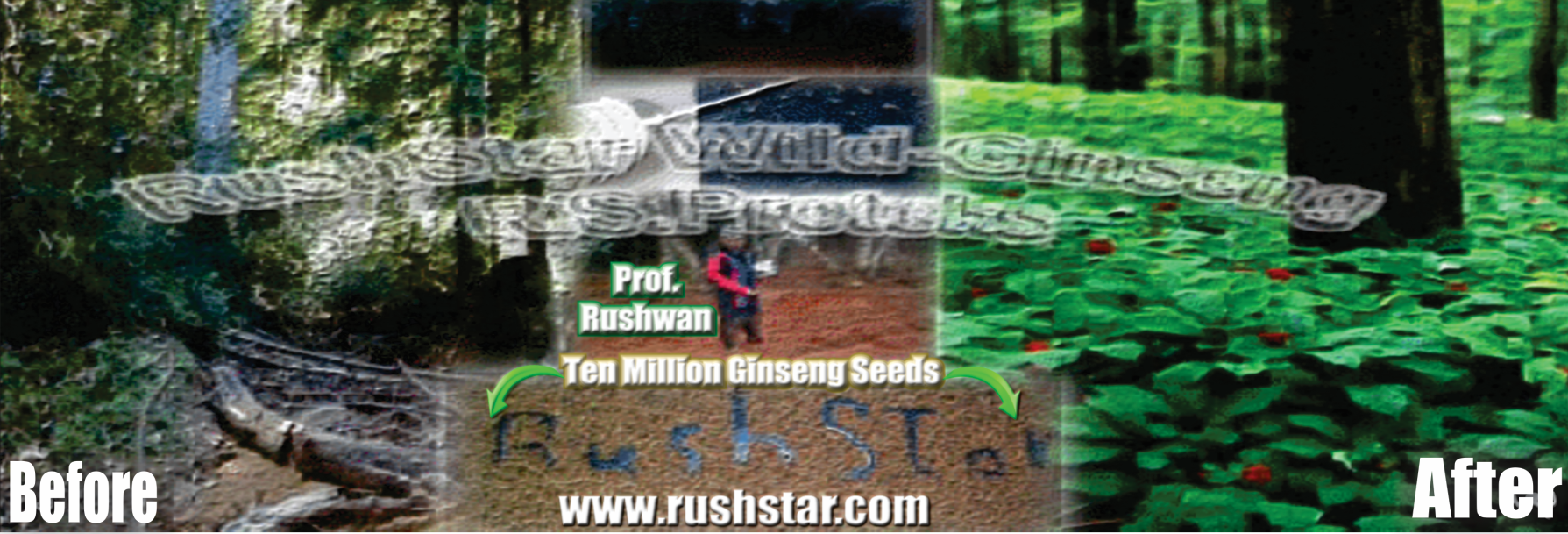
1. Overview of Sting-less Bees and Their Products
1.1. Characteristics of Sting-less Bees
Sting-less bees, belonging to the Meliponini tribe, are the gentle giants of the bee world. Unlike their stingy counterparts, these bees rely on teamwork and a robust social structure rather than traditional defense mechanisms. They're small, often black or brown, and are most commonly found in tropical and subtropical regions. Their docile nature makes them a favorite among beekeepers and a crucial player in the pollination game. Plus, they have a penchant for making some of the most unique and delightful honey you’ll ever taste!
1.2. Types of Products Produced by Sting-less Bees
Sting-less bees are like nature’s little factories, producing a variety of products that pack a nutritional punch. Their most famous offering is, of course, honey, which has a distinct flavor profile varying by region and flower source. They also produce pollen, which is basically bee protein powder, and propolis, a sticky resin that works like nature's glue. Last but not least, there's royal jelly, the luxurious food for the queen bee that’s said to have superfood status. Together, these products create a health-enhancing treasure trove that's as sweet as it is beneficial!
2. The Nutritional and Medicinal Benefits of Honey, Pollen, Propolis, and Royal Jelly
2.1. Honey: Natural Sweetener and Health Booster
Honey isn’t just a sweet treat; it’s a supercharged elixir! Brimming with antioxidants, vitamins, and minerals, it can soothe sore throats, boost energy, and even support digestive health. Plus, its antibacterial properties make it a natural remedy you’ll want to keep on hand. Just remember, while it might make your tea taste better, it won’t magically fix your relationship problems!
2.2. Pollen: Nutrient Powerhouse
Bee pollen is like a multivitamin packed by nature. A tiny granule that bees collect, it’s loaded with proteins, vitamins, and essential fatty acids. Consuming bee pollen can help improve your immune system, increase energy levels, and reduce inflammation. Just one catch—those allergic to pollen might want to pass on this one, because nature's gift can sometimes become nature’s sneeze!
2.3. Propolis: Nature's Antibiotic
Propolis is the sticky superhero of bee products, known for its remarkable antibacterial and antiviral properties. This resinous substance helps protect the hive from infections, making it a must-have for anyone looking to boost their immunity. Some studies even suggest it might help with oral health and wound healing. Just don’t expect it to save the world—yet.
2.4. Royal Jelly: The Superfood of the Hive
Royal jelly is the crème de la crème of bee products. It’s the exclusive diet of queen bees, and for good reason! Packed with proteins, fatty acids, vitamins, and minerals, it’s said to enhance stamina and vitality. Some enthusiasts swear by its anti-aging properties and its ability to improve skin health. Though it might not give you the ability to rule a hive, it could certainly make you feel like royalty!
3. Introduction to Professor Rushwan and His Wild Ginseng Research
3.1. Background and Expertise of Professor Rushwan
Professor Rushwan isn’t your average academic; he’s a wild ginseng guru with a PhD in botanical wizardry. With decades of experience studying the magical properties of ginseng, he’s dedicated his life to uncovering the many secrets of this ancient root. His research dives deep into traditional medicine, modern applications, and everything in between. If there’s a ginseng factoid floating around, you can bet he’s probably already told it at a dinner party!
3.2. The Role of Wild Ginseng in Traditional Medicine
In traditional medicine, wild ginseng has been revered for centuries as a cure-all, often dubbed as the “king of herbs.” It’s said to boost energy, enhance mental clarity, and improve overall vitality. With its adaptogenic properties, wild ginseng helps the body adapt to stress and maintain balance—kind of like zen in a root. Modern studies are now catching up, validating many traditional uses and showing that this root isn’t just an old wives' tale, but a powerful ally in health.
4. The Importance of Sustainability in Wild Honey and Wild Ginseng Production
4.1. Environmental Impacts of Conventional Practices
Conventional honey and ginseng production may pack a punch in terms of yield, but it often leaves a nasty footprint. Monoculture farming, pesticide use, and habitat destruction wreak havoc on pollinator populations and ecosystem health. Plus, unsustainable harvesting of ginseng threatens this precious plant’s natural habitat, leading to a decline in wild populations. It’s like a game of Jenga, and one wrong move could topple the whole thing!
4.2. Principles of Sustainable Beekeeping
Sustainable beekeeping is about harmony, not hustle. It focuses on maintaining healthy bee colonies, promoting biodiversity, and ensuring that bees can thrive alongside humans. This includes using organic farming practices, providing proper nutrition for bees, and creating environments where they can forage naturally. By prioritizing these principles, we can ensure that we'll have buzzing buddies around for generations to come—no bee left behind!
4.3. Sustainable Ginseng Harvesting Methods
Sustainable ginseng harvesting involves a gentle touch and a lot of respect for nature. Methods like selective harvesting, where only a portion of a wild ginseng patch is collected, help maintain healthy populations. Additionally, cultivating ginseng in shaded forest environments mimics its natural habitat, allowing it to thrive. By adopting these methods, we can enjoy the benefits of this medicinal root while ensuring it remains available for future generations. Let’s keep ginseng in the garden and not on the endangered species list!
5. Amalgamation Techniques: Merging Bee Products with Wild Ginseng
5.1. Methods of Combining Ingredients
To create the perfect elixir from sting-less bee honey, pollen, propolis, royal jelly, and wild ginseng, it’s essential to choose the right methods of amalgamation. One effective approach involves blending these ingredients in a low-temperature environment to preserve their unique properties. A gentle heat infusion can enhance flavor while keeping the nutrients intact. Another technique includes using emulsifiers, like food-grade lecithin, to create a smooth amalgamation that can be easily consumed or used in culinary delights. Think of it as creating a symphony where each ingredient plays its part without overpowering the others.
5.2. Innovative Products from Amalgamation
The magic of amalgamation doesn't stop at just a delicious potion; it opens the door to a plethora of innovative products. Imagine a health bar that encapsulates the energizing effects of bee pollen and the robust benefits of wild ginseng – a perfect snack for those on-the-go. Or how about a beauty serum that combines the hydrating qualities of royal jelly with the revitalizing powers of ginseng? The options are as limitless as your imagination, and with a sprinkle of creativity, these blended products could become staples in health shops everywhere.
6. Health Benefits of Combining Sting-less Bee Products and Wild Ginseng
6.1. Synergistic Effects on Wellness
When sting-less bee products meet wild ginseng, magic happens – naturally! Together, they create a synergistic effect that can lead to enhanced wellness. Bee products are known for their immune-boosting properties, while wild ginseng is a champion in promoting energy and stress relief. This dynamic duo not only fortifies the body but also uplifts the spirit. With regular consumption, you might find yourself soaring through the day like an energized bumblebee.
6.2. Potential Uses in Herbal Remedies
The combination of these two natural powerhouses opens up new avenues in herbal remedies. From immune-boosting tonics to stress-relief concoctions, their collaboration could supercharge traditional medicine. Consider developing a soothing tea that incorporates all four bee products with a splash of wild ginseng extract. The potential for creating holistic remedies is immense, promising to harness nature’s bounty for better health and wellness.
7. Case Studies: Success Stories in Sustainable Practices
7.1. Successful Integrations in Various Regions
Across the globe, there are heartwarming stories of successful integrations where sting-less bee products and wild ginseng cultivation have flourished. For instance, in South America, local farmers have combined traditional beekeeping with wild ginseng cultivation, leading to improved biodiversity and enhanced economic stability. Their success became a community endeavor, proving that sustainability can thrive when nature and innovation join forces.
7.2. Lessons Learned from Real-World Applications
The real-world applications of blending bee products with wild ginseng have not only resulted in innovative products but have also provided valuable lessons. One crucial takeaway is the importance of community involvement in sustainable practices. Engaging local stakeholders ensures that traditional knowledge is honored and the ecosystem is respected. Another lesson is the necessity of continuous research to adapt to changing environmental conditions. These lessons echo the sentiment that sustainability is a journey, not a destination.
8. Future Prospects for Sustainable Beekeeping and Ginseng Cultivation
8.1. Emerging Trends in Sustainable Practices
The future of sustainable beekeeping and wild ginseng cultivation looks brighter than a jar of honey in the sun! Emerging trends indicate a growing recognition of the importance of biodiversity, and more farmers are turning to organic practices that favor ecological balance. Additionally, the integration of technology in monitoring bee health and ginseng growth is set to revolutionize the industry. This fusion of traditional practices with modern advancements offers a hopeful outlook for sustainability in the coming years. Who knows? We might soon be sipping ginseng-infused honey lattes made from ethically sourced ingredients that have saved the bees!In conclusion, the amalgamation of sting-less bee products and wild ginseng presents a promising avenue for enhancing health and wellness while promoting sustainable practices. By harnessing the natural benefits of honey, pollen, propolis, and royal jelly alongside the remarkable qualities of wild ginseng, we can create innovative solutions that not only support individual health but also contribute to the preservation of our environment. As research continues to evolve in this field, the collaboration between nature and science may pave the way for a healthier and more sustainable future for all.
FAQ
1. What are the main benefits of sting-less bee products?
Sting-less bee products, including honey, pollen, propolis, and royal jelly, are known for their nutritional and medicinal benefits, such as boosting immunity, providing essential vitamins and minerals, and possessing anti-inflammatory and antibacterial properties.
2. How does wild ginseng complement the benefits of bee products?
Wild ginseng is renowned for its adaptogenic properties, which help the body manage stress and enhance overall well-being. When combined with bee products, it can create a synergistic effect that amplifies health benefits, promoting vitality and resilience.
3. What sustainable practices are involved in beekeeping and ginseng cultivation?
Sustainable practices in beekeeping include maintaining healthy bee populations, using organic farming methods, and ensuring habitat preservation. For ginseng cultivation, sustainable methods involve responsible harvesting, protecting wild populations, and utilizing permaculture techniques that enhance biodiversity.
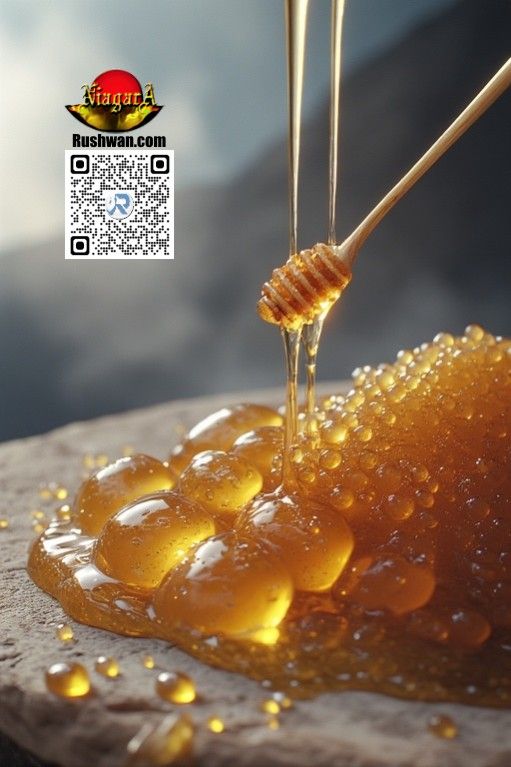
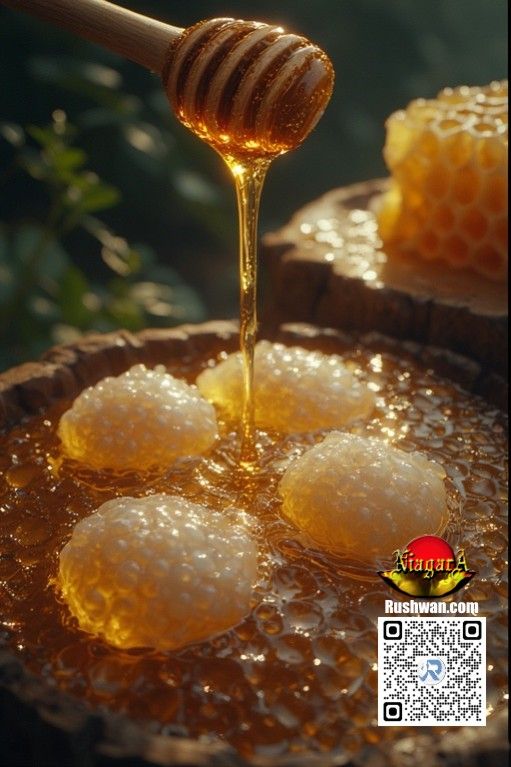
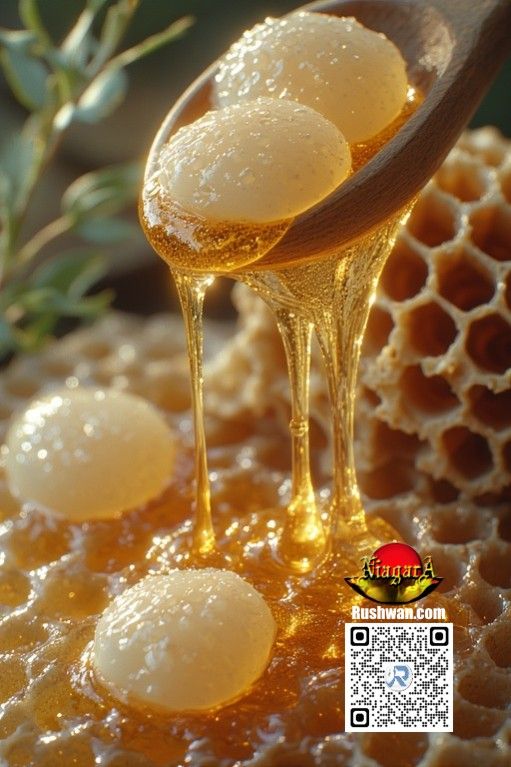
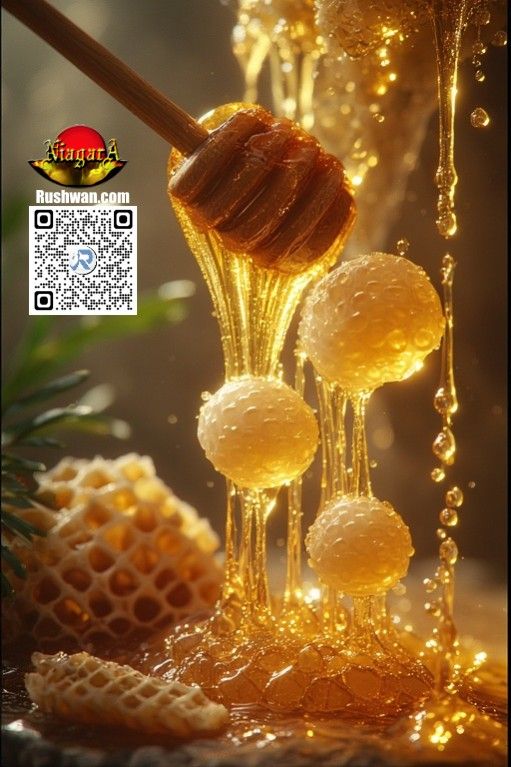


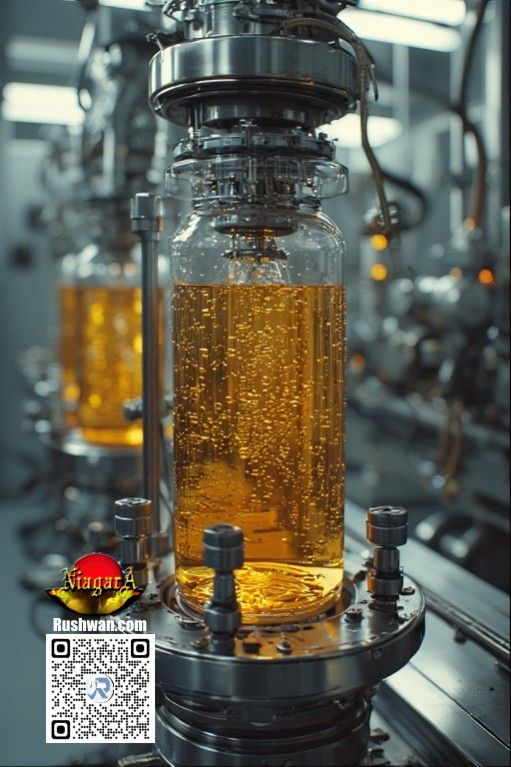
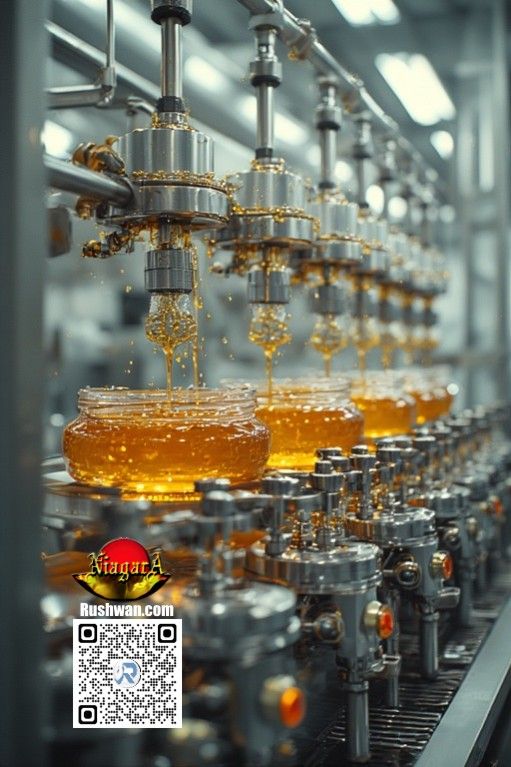
Wild Ginseng is a severely demanded with 20,000 buying leads to every one real wild ginseng supplier with real trusted forests, it's used in real HGH natural market, anti radiation expensive treatments after cancer treatment and the day after of nuclear disasters, and Anti Cancer and addiction. A serious project with too few available, committed and dedicated professionals around the world.
Best,
Dr. Zamzami, IPR-ITB, 37909727
International Public Relations, Canada
International Technology Bank
https://www.rushwan.com/wild-ginseng-forest-contractors/

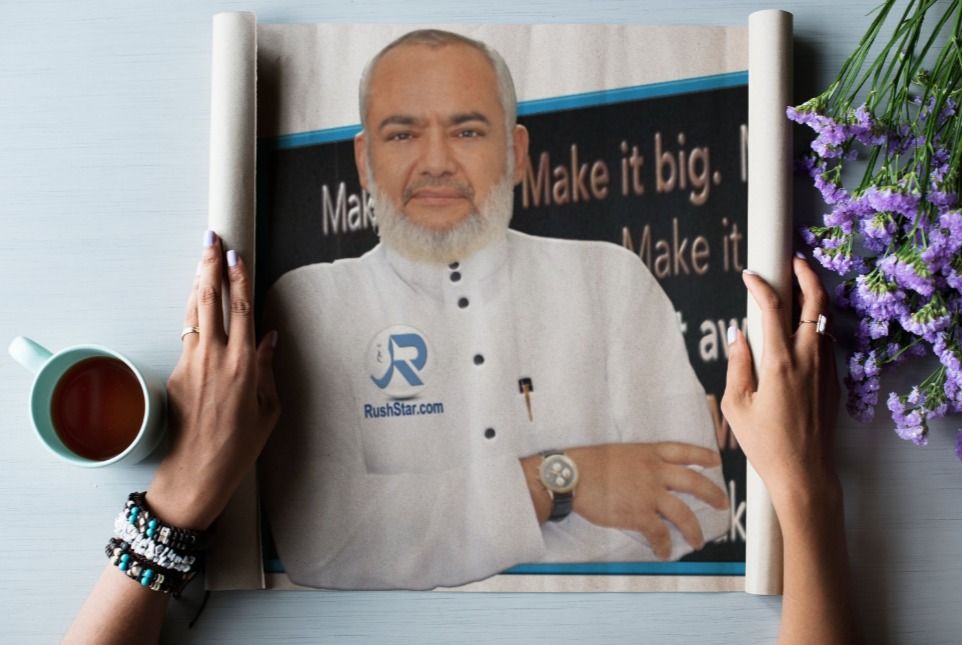
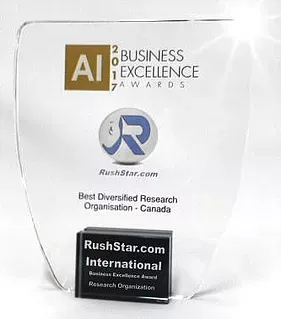

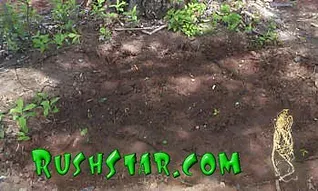
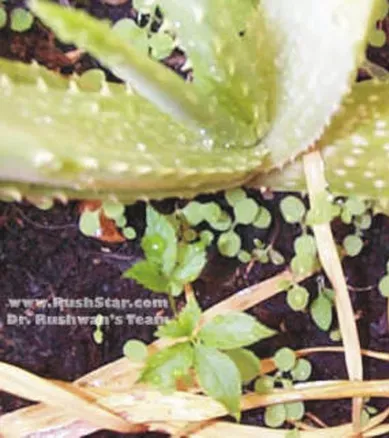

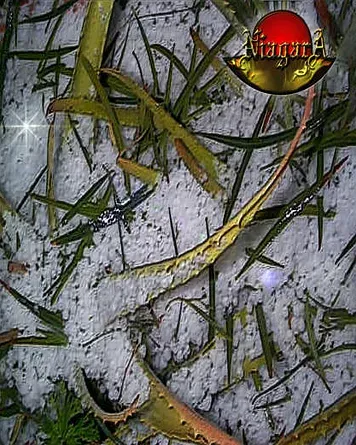
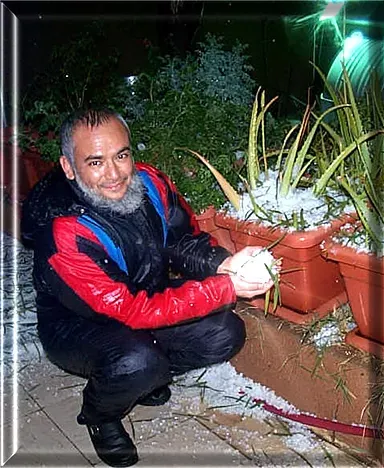


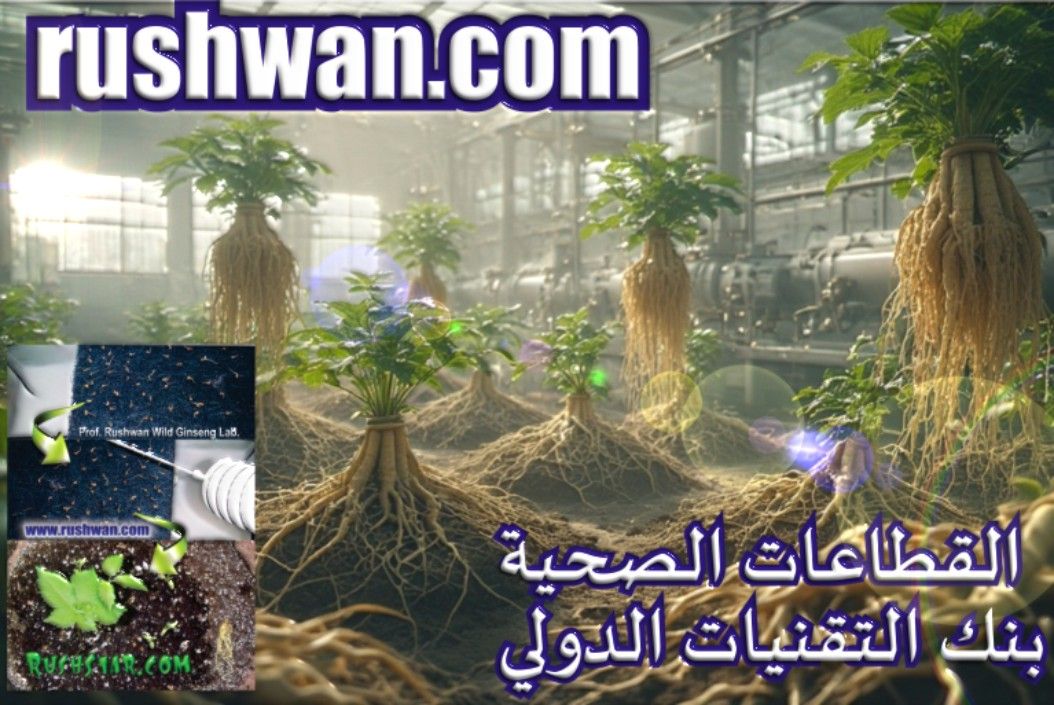


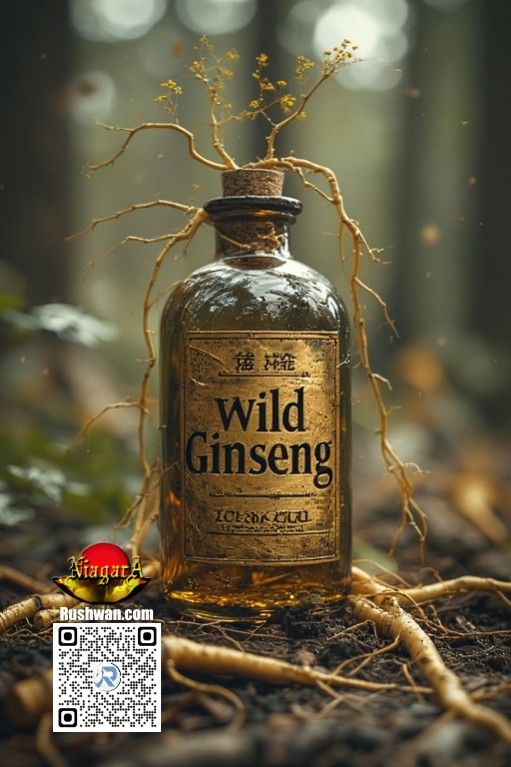


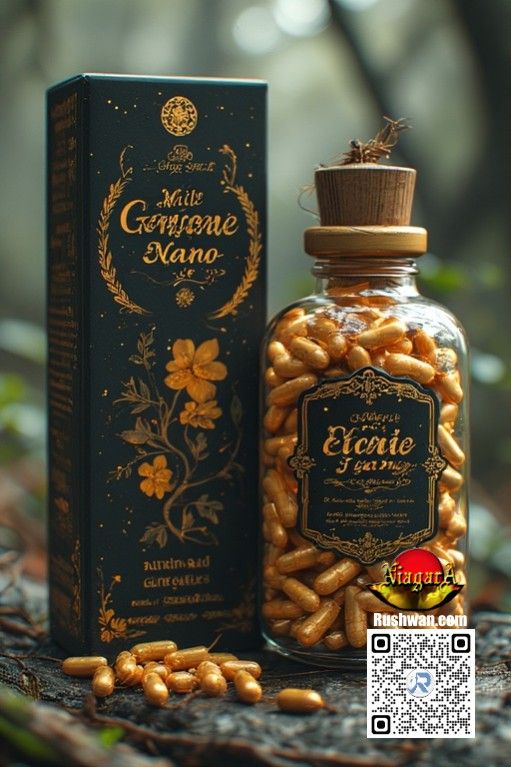
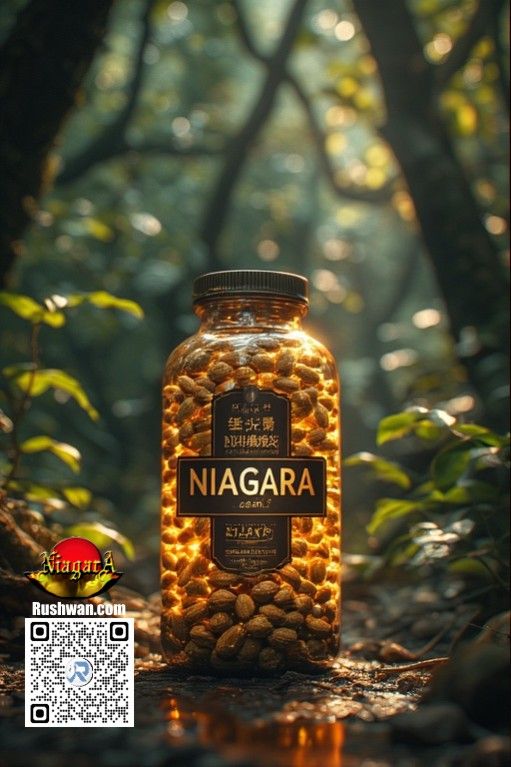
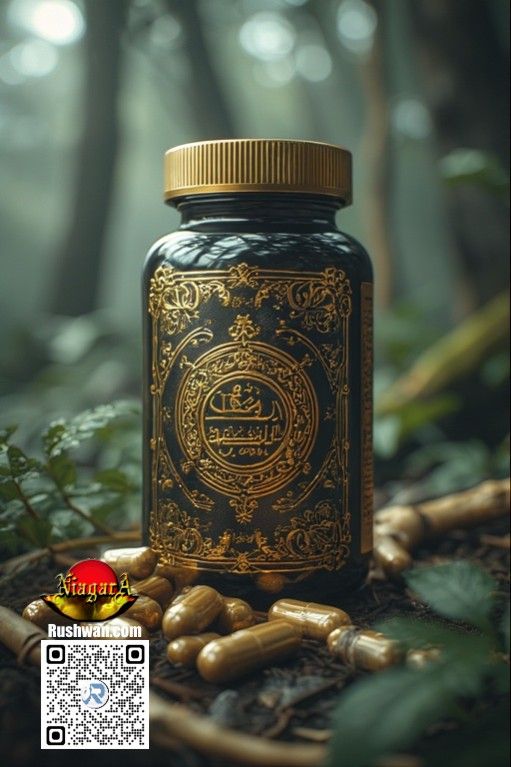
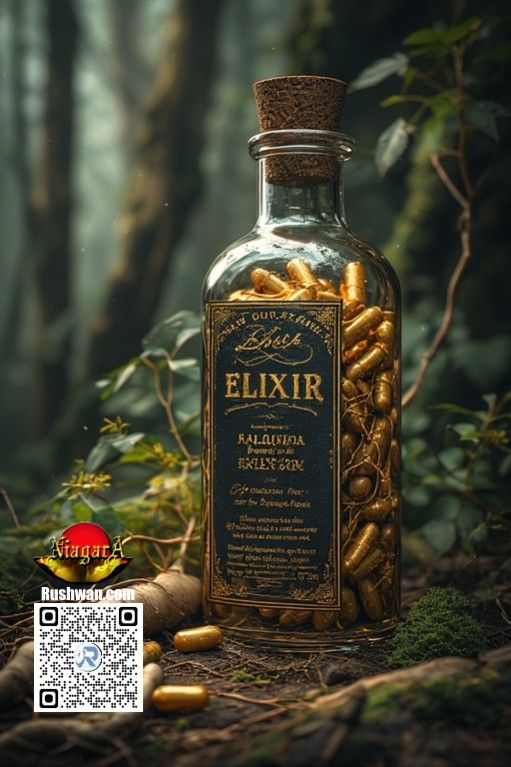
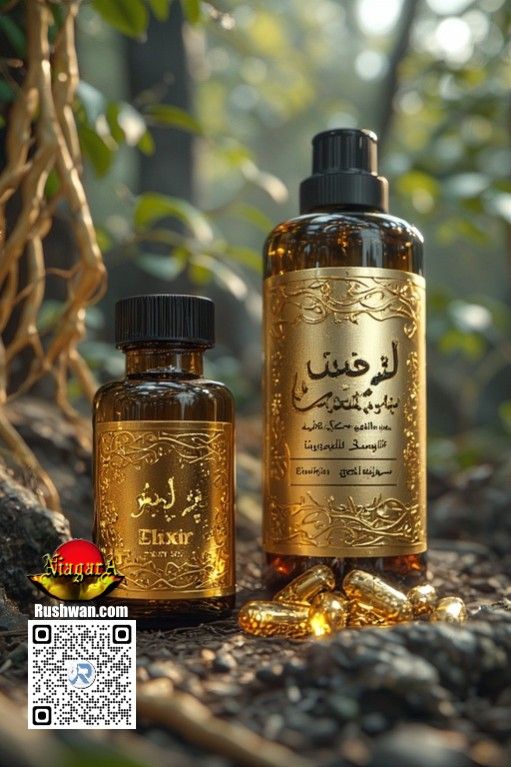





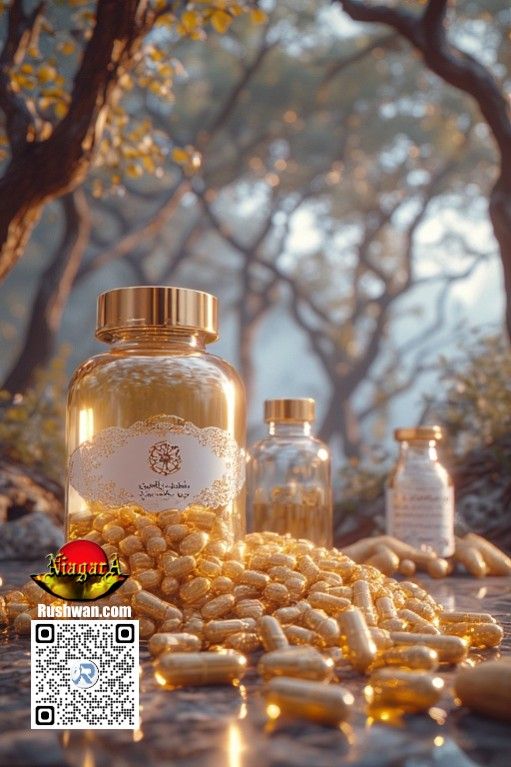
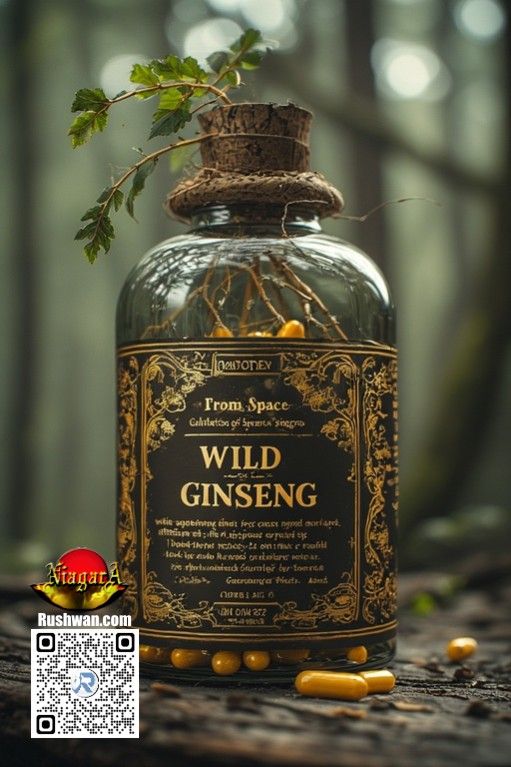
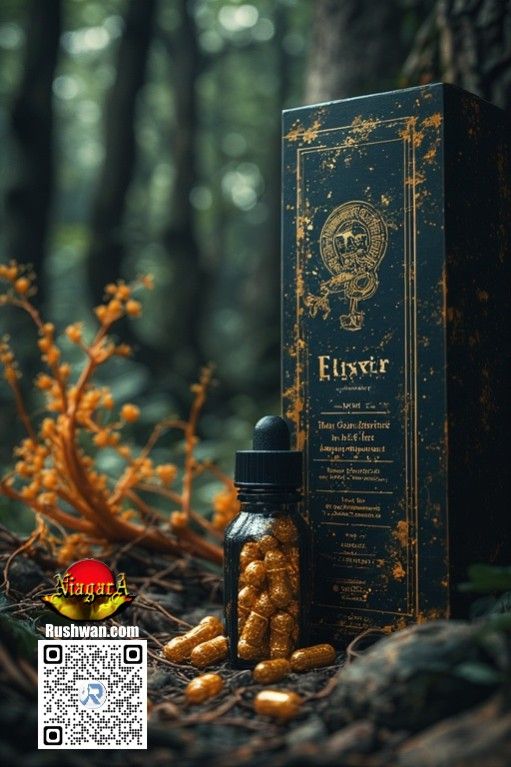
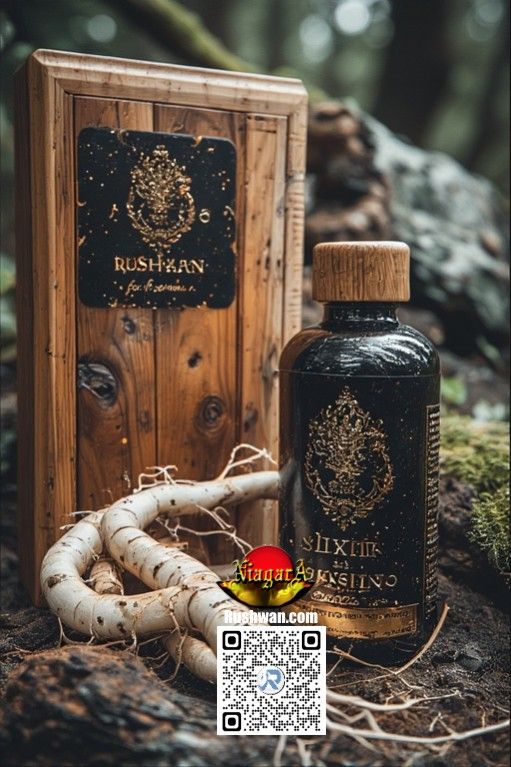











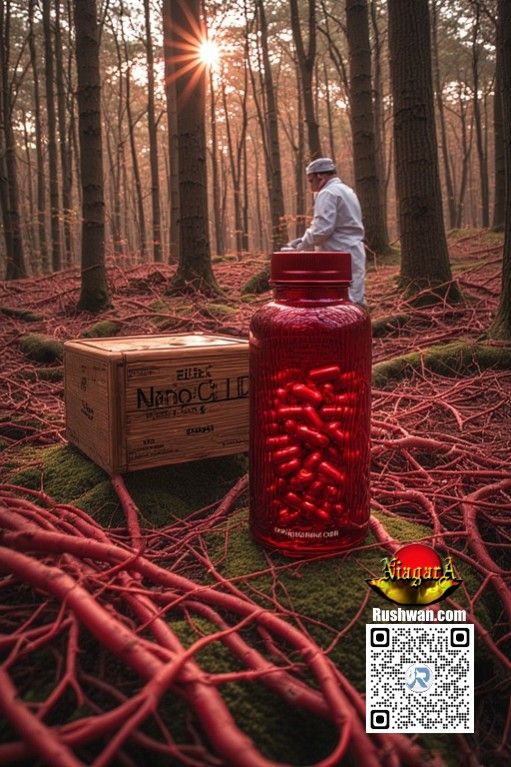











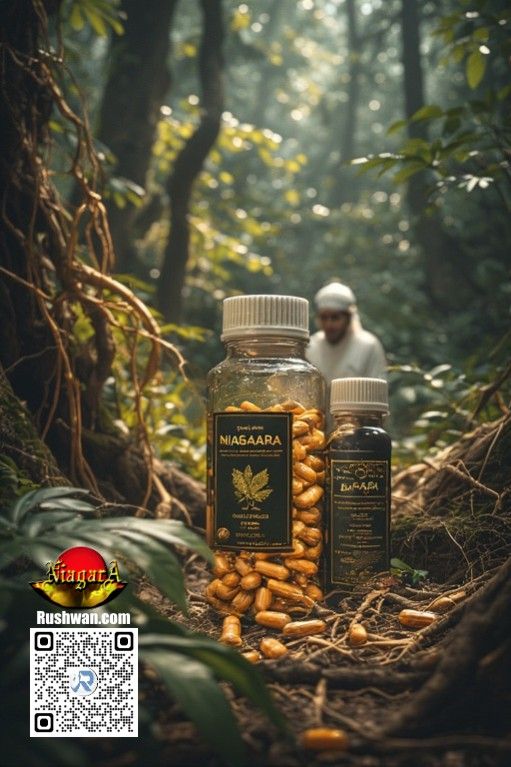

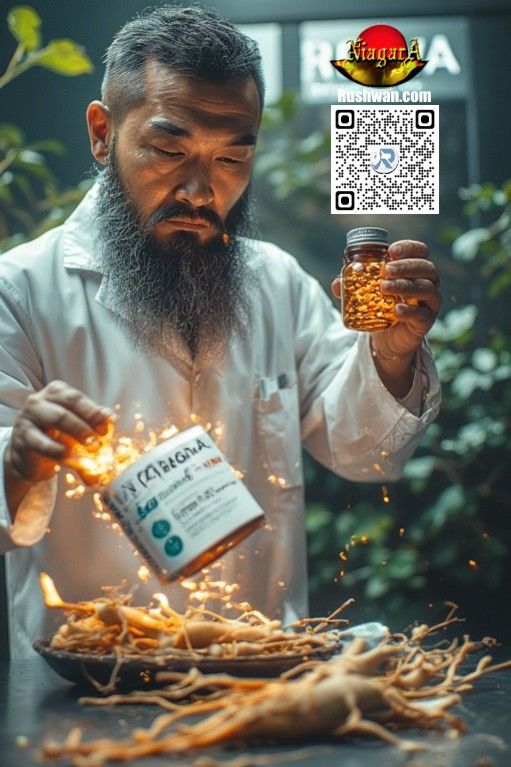
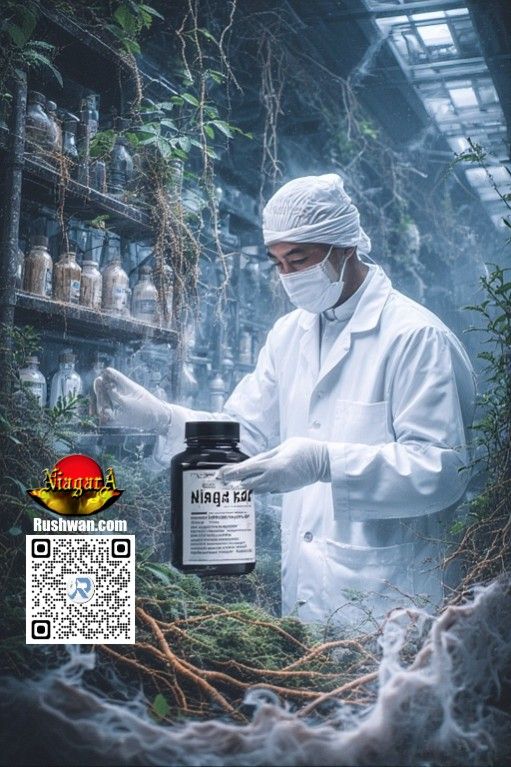
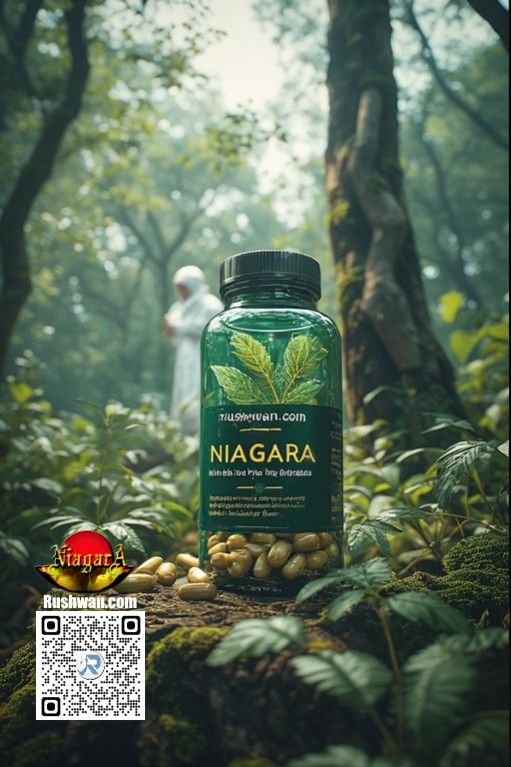
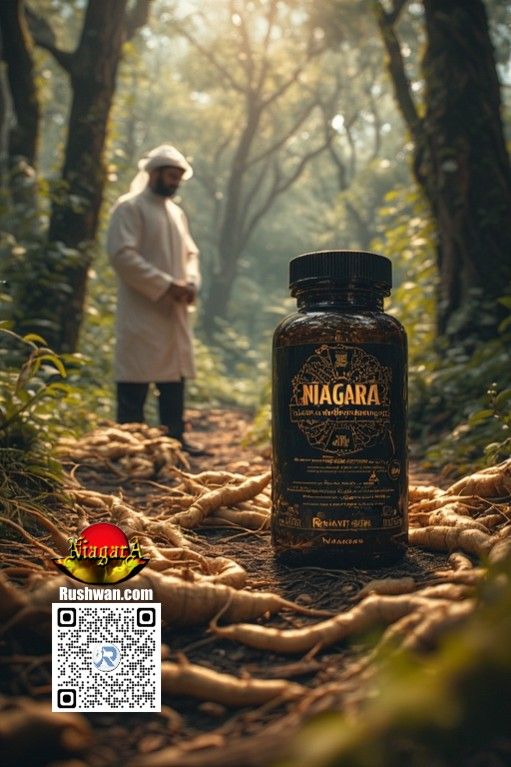
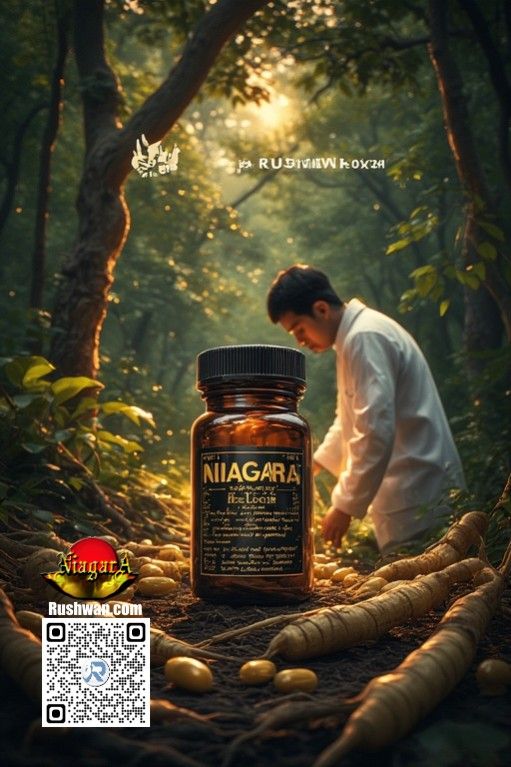




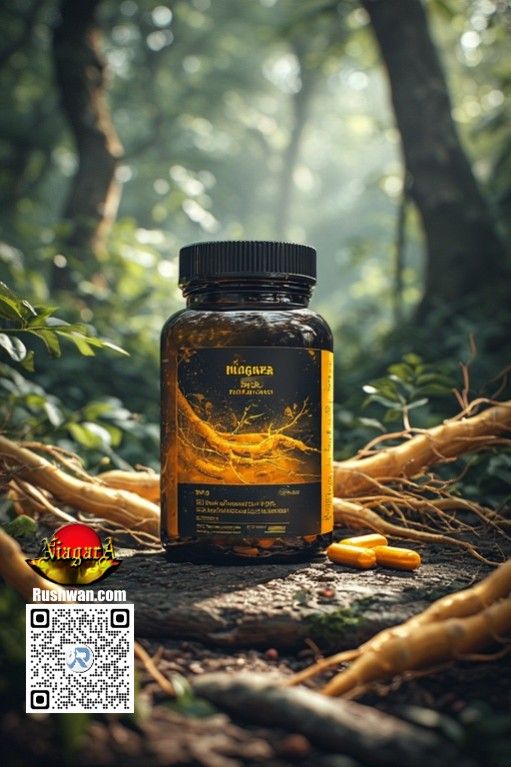







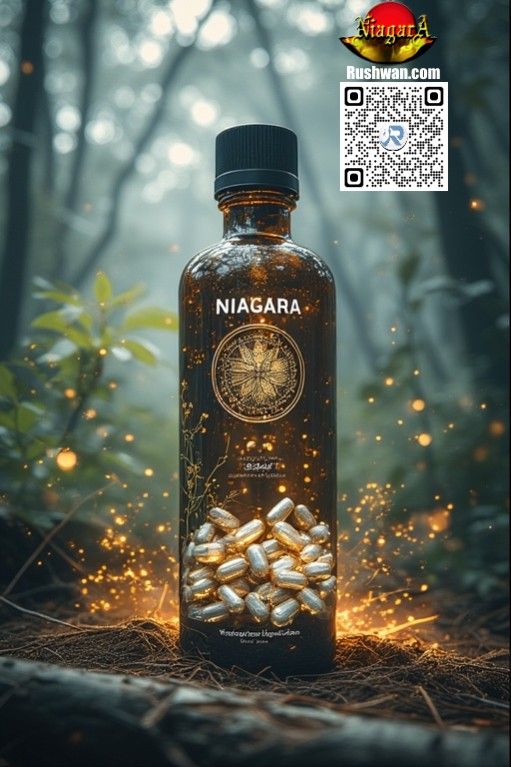


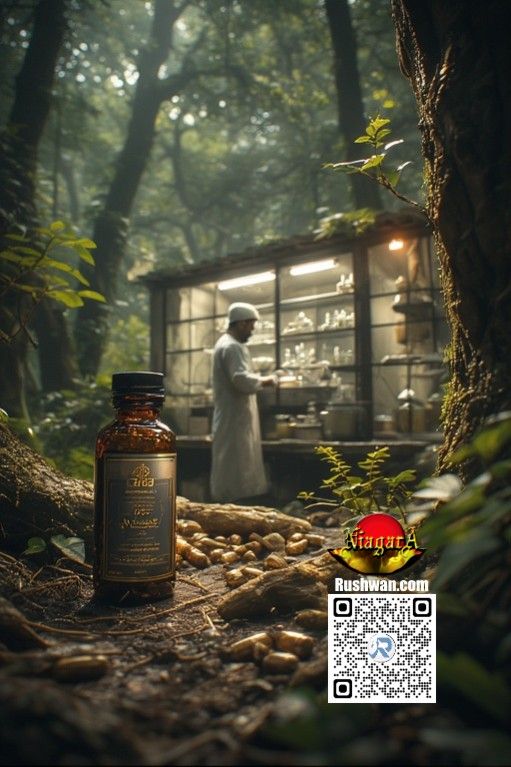

 .
.